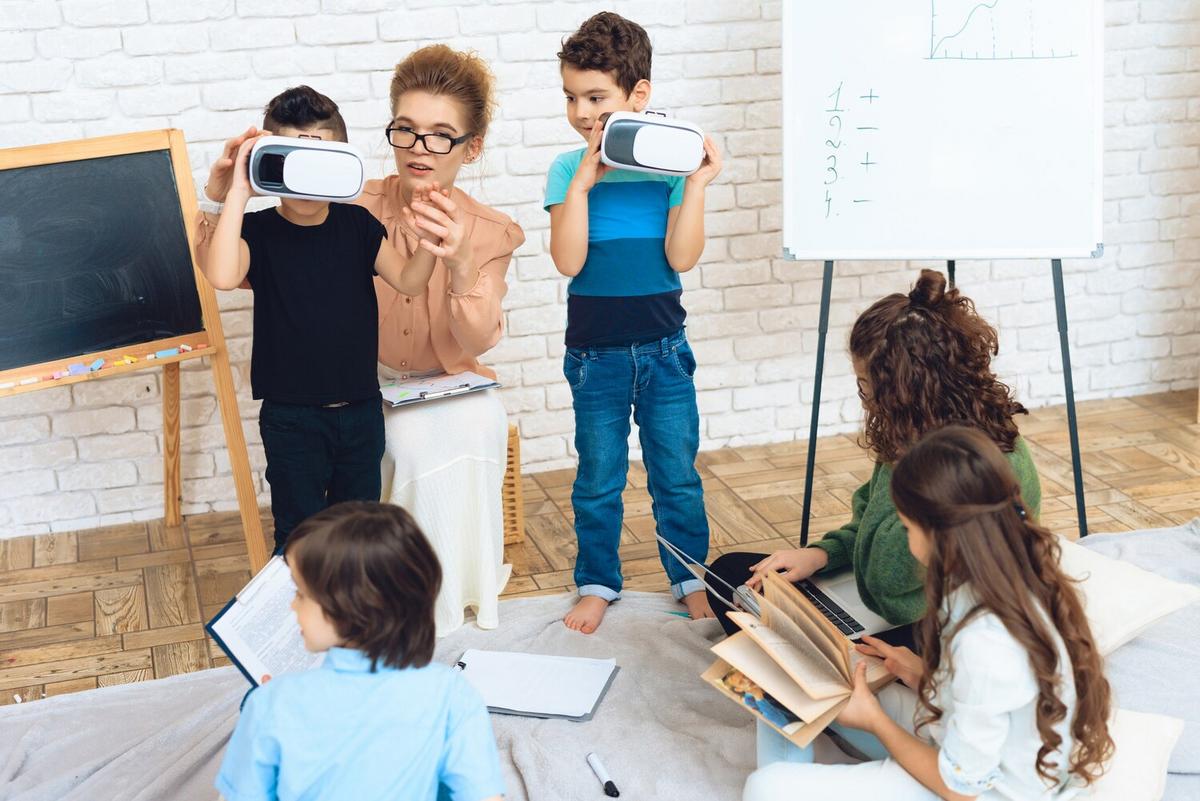
Gamification in Education: Engaging Students for Better Learning
Imagine a classroom where learning feels more like playing a game than a chore. This is the promise of gamification in education—a technique that blends educational content with game-like elements to boost student engagement and improve learning outcomes.
Understanding Gamification in Education
Gamification involves integrating game design elements into non-game contexts, such as education, to motivate and increase user activity and retention. In the classroom, this might mean using points, badges, leaderboards, or challenges to make learning more interactive and fun.
Why Gamification Works
According to a report by Education Week, gamification can lead to a 20% increase in student engagement. This is supported by the theory of intrinsic motivation, which suggests that when students find learning enjoyable, they are more likely to engage deeply with the material.
Expert Opinions
Dr. James Paul Gee, a prominent researcher in the field of literacy and learning, argues that “games are essentially problem-solving spaces that are engaging.” He suggests that gamification can create a powerful learning environment by fostering problem-solving skills and creativity.
Real-Life Examples
At a school in Chicago, teachers have implemented a system where students earn badges for mastering specific skills. This has led to a noticeable increase in student participation and excitement about learning.
How to Implement Gamification
- Start small by incorporating simple game elements like points and levels.
- Focus on feedback: Use instant feedback to help students understand their progress.
- Encourage collaboration by including team-based challenges.
Challenges and Considerations
While gamification has many benefits, it’s important to ensure the game elements align with educational goals. Avoid overemphasizing competition, which can deter some students, and instead focus on personal progress and achievement.
| Game Element | Educational Benefit |
|---|---|
| Points | Motivates continuous effort |
| Badges | Recognizes achievements |
| Leaderboards | Encourages friendly competition |
| Challenges | Promotes problem-solving |
| Levels | Indicates progress |
| Storytelling | Enhances engagement |
| Avatars | Personalizes learning |
| Mystery | Sparks curiosity |
FAQ
What is gamification in education?
Gamification in education uses game design elements to enhance the learning experience and increase student engagement.
How does gamification improve learning?
By making learning fun and interactive, gamification can boost motivation and improve retention of information.
Can gamification be used in all subjects?
Yes, gamification can be applied across various subjects, including math, language arts, and science.
Conclusion
Gamification in education offers a dynamic way to engage students and enhance learning outcomes. By thoughtfully integrating game elements into the curriculum, educators can create an environment where learning feels exciting and rewarding. Start small, experiment with different strategies, and watch your students thrive in this interactive learning landscape.


